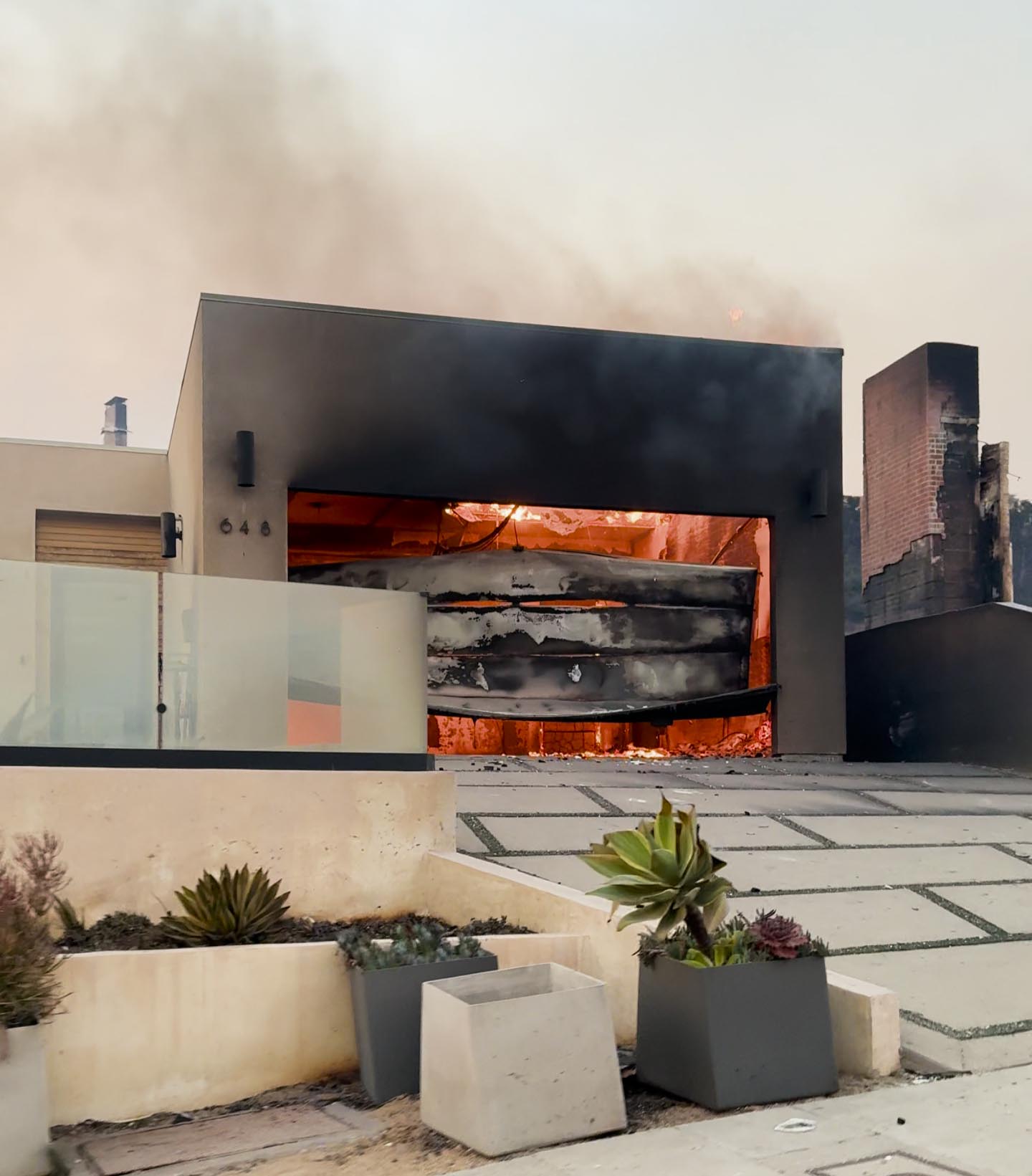Contributed by Michael Edlen, Real Estate Consultant
We are in a local real estate market that has no precedent in all of its aspects. Sellers are tending to hold on to their properties for much longer than in previous decades, mostly due to a variety of economic and tax reasons. This has resulted in an unusually low level of inventory, especially considering that this is typically the time of year when far more homes come on the market.
Potential buyers have been frustrated for three years, having to miss out over and over on various alternatives that could have suited their family needs. With interest rates having been at near all-time historic lows for several years, far more buyers have been financially able to purchase homes even as prices have been steadily increasing. As the shortage of enough homes to meet the growing demand has continued year after year, we have experienced a gradual build-up of buyers who have been faced with less than desirable alternatives.
Some buyers have almost thrown caution to the winds and out-bid others in order to achieve the success that had eluded them for more than a year. Others have given up hope of ever living in our pricey community and settled for what they felt were lesser desirable neighborhoods but affordable homes. Many have refused to live elsewhere and decided to purchase a townhome here, with the hope that in a few years they may be able to buy a single family residence. Still others have elected to give up on the chase and find a local lease for their family to live in while waiting for the market to cool off as it has always done before.
To keep this unusual “squeeze” in perspective, it may be helpful to note that Pacific Palisades average home list prices now are around $4 million, a level that is far beyond the purchasing power of most buyers. Even though the average purchase price now is around $3.4 million, far more buyers are seeking homes in the range of $2-2.5 million. Bearing in mind that a market is technically regarded as a “seller’s market” when there is five or less months level of inventory (meaning that it would take that long to sell all of the homes then on the market if no new ones were to come on the market), we have been in a seller-biased market since 2014.
To better understand the buyer’s challenges today, it may be interesting to observe that currently the Palisades market has an average inventory of only three months’ supply, which is clearly a strong “seller’s market”. However, the more painful observation is that currently below the $4 million level we only have a two-month supply. Above $5 million level there are actually far more homes available relative to the demand, averaging about seven months of inventory at the actual rate of sales. In fact, some of the developers around town have become more and more conservative in recent months, feeling a slowdown in the higher price ranges.
So what can we expect to see happening as the “squeeze” may continue for some while? With prices at the high levels of today, we are starting to see more long-time owners seriously thinking of selling while they can still get such high prices for their homes. Many of these homes are still in high demand by developers seeing business opportunities if they can get more projects going fast enough. Interest rates have finally moved up significantly enough that a portion of active buyers are beginning to find prices unaffordable, even though their incomes and credit ratings are good. This will logically begin to lessen the demand, or upward pressure on prices. Combined, these two gradual shifts will likely bring the market back into relative balance between buyers and sellers, independent of inventory levels.
During the transition of market conditions back to more of a balance, local condominiums will likely continue to see increasing prices, although at a slower pace than the 20% rate of the last year. Also the lease market will likely remain strong due to the continuing pressure of people who need to rent in order to be able to live in this highly desirable community.
While considering the bigger picture of the Palisades real estate market, I am often asked if the Caruso project is likely to have even more of an impact once it is completed later this year. The thought of many long-time homeowners is that the time to sell will be next spring, once the village is fully operational with the new businesses, theater, etc. However, not having a “crystal ball”, I think it may be well to consider two factors that might relate to that question.
First, fundamentally the housing market is ultimately a commodity market. It has rarely had price movements in one direction or the other that have lasted for more than a decade or so. In fact, the Palisades market has experienced 10-year cycles four times in the last 40 years, each time reaching ever higher new high levels. Not that history must repeat itself, but this is the 10th year of the current cycle, and it could be that we look back in 2019 and see that at some point this year the new all-time highs were reached and then the correction market began.
Second, many commodity markets tend to perform similarly to the stock market in that they anticipate changes that are already in process. In this case, everyone has known about Caruso’s project for the last few years, and indeed a great many of the potential buyers here over the last few years have specifically asked agents to only let them know of homes that come close to their criteria that are near the village center. Once the Caruso project has been completed, it is possible that this factor will no longer be such a significant independent influence on the local market in general.




